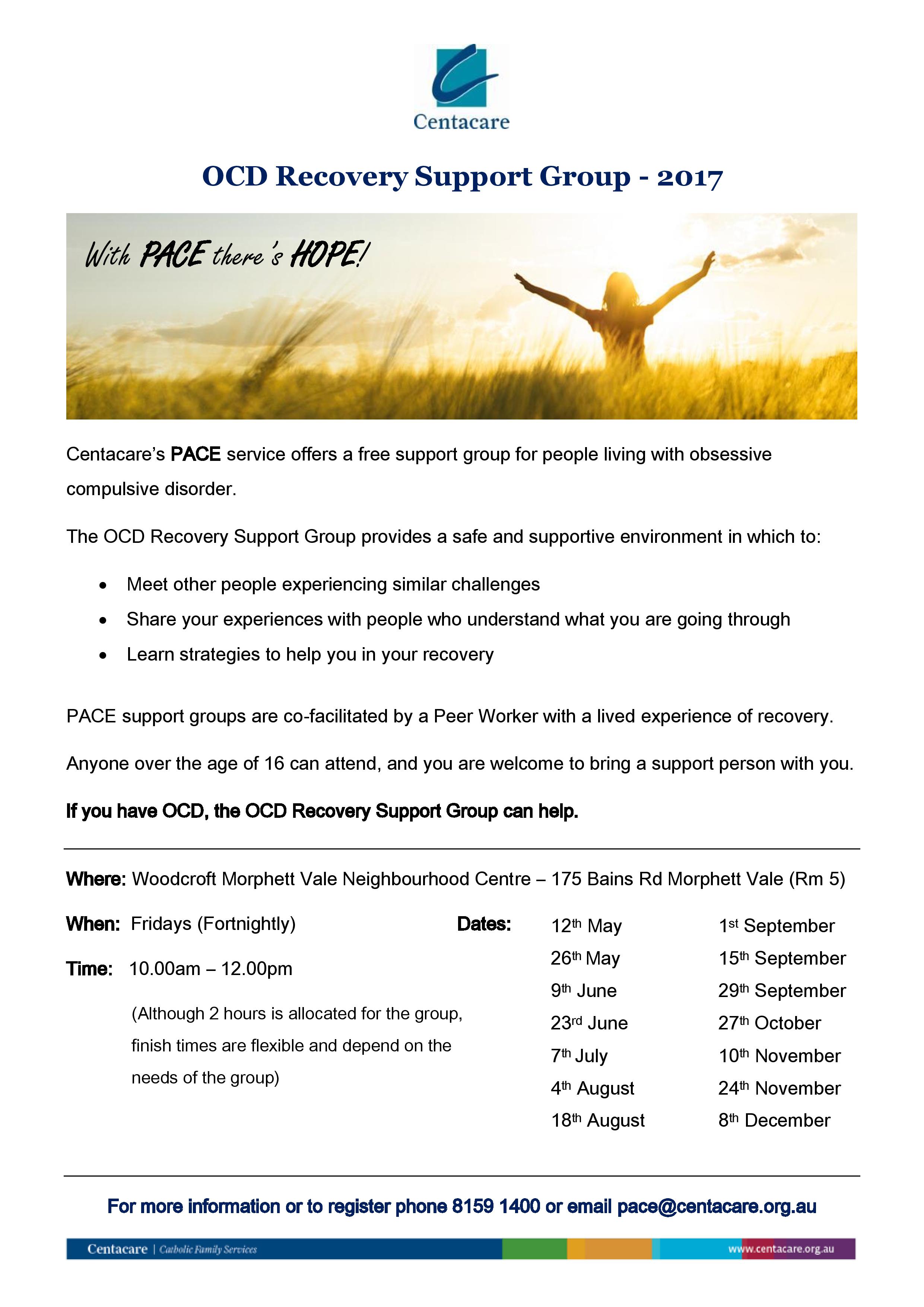


Get information about obsessive compulsive disorder (OCD) causes, symptoms, signs, diagnosis, treatment, and types. Obsessions (worrying) and compulsions (handwashing, for example) are OCD characteristics.
Obsessive compulsive disorder strikes 2-3 percent of the U.S. population and is a challenging condition to live with. Fortunately, natural approaches exist.
Obsessive-Compulsive Disorder (OCD) is characterized by intrusive obsessive thoughts that result in compulsive ritualistic behaviors and routines.


Obsessive-compulsive disorder (OCD) is characterized by repetitive, unwanted, intrusive thoughts (obsessions) and irrational, excessive urges to do certain actions (compulsions). Although people with OCD may know that their thoughts and behavior don’t make sense, they are often unable to stop them
Obsessive-compulsive disorder (OCD) features a pattern of unreasonable thoughts and fears (obsessions) that lead you to do repetitive behaviors (compulsions). These obsessions and compulsions interfere with daily activities and cause significant distress. You may try to ignore or stop your





Obsessive compulsive disorder (OCD) treatment specialists. One in 100 people will develop obsessive compulsive disorder (OCD) during their lives, with the condition known to run in families.
What is obsessive-compulsive disorder (OCD)? Obsessive-compulsive disorder (OCD) is an anxiety disorder characterized by uncontrollable, unwanted thoughts and ritualized, repetitive behaviors you feel compelled to perform. If you have OCD, you probably recognize that your obsessive thoughts and
Obsessive-compulsive disorder is a mental disorder whose main symptoms include obsessions and compulsions, driving the person to engage in unwanted, oftentimes distress behaviors or thoughts. It is treated through a combination of psychiatric medications and psychotherapy. Obsessive-compulsive
Obsessive-compulsive disorder (OCD) features a pattern of unreasonable thoughts and fears (obsessions) that lead to repetitive behaviors (compulsions).